Indoor air pollutants are on the rise. Every year, the very air inside our homes (regardless of whether your home is old or new) becomes dirtier and laden with toxic chemicals. These toxins are emitted from paint, carpeting, plastics, cleaning solutions and other building materials.
We have always known that plants are good for our health, but it wasn’t until NASA ran several experiments to determine human survivability on other planets that we learned just how effective some plants can be. Plants absorb carbon dioxide and other harmful chemicals from the air, use it as fuel, and expel clean oxygen.
1. Formaldehyde
Formaldehyde is found in carpeting, upholstery, wax paper, fire retardants, cigarettes, glues, paint and a lot of other materials. It’s an essential part of the manufacturing processes of a large number of consumer products. In short, it’s everywhere. Elevated exposure can cause respiratory problems, watery/burning eyes, headaches, and nausea.
Best plants to remove formaldehyde from the air: Azalea, Dracaena Marginata, Philodendron, Spider plant, English Ivy, Golden Pothos, Chinese Evergreen, Rubber Plant, Bamboo Palm, Areca Palm, Peace Lily, Corn plant, Chrysanthemum, and Mother-in-Law’s Tongue.
2. Benzene
Benzene is a volatile hydrocarbon that’s used in many types of chemical synthesis, which means it’s used as a starting material in the manufacturing of other products, like plastics, dyes, detergents, drugs and pesticides. It evaporates very quickly once exposed to the air and it’s known to cause cancer.
Best plants to remove benzene from the air: English Ivy, Dracaena Marginata, Golden Pothos, Janet Craig, Warneckei, Chrysanthemum, Areca Palm, Gerbera Daisy, Chinese Evergreen, Bamboo Palm, and Peace Lily.
3. Trichloroethylene
Trichloroethylene is commonly used as an industrial solvent. It’s found in dry cleaning supplies, inks and paints, lacquers, and adhesives. It can cause fatigue, headaches, numbness, blurred vision, weakness and reproductive and developmental problems.
Best plants to remove trichloroethylene from the air: Gerbera Daisy, Chrysanthemum, Peace Lily, Warneckei, English Ivy, Chinese Evergreen, Areca Palm, Rubber Plant, and Dracaena Marginata.
4. Toluene and xylene
Toluene and xylene are powerful compounds that are found in many household and industrial substances. Toluene and xylene poisoning can occur when someone swallows these substances, breathes in their vapors, or when these substances touch the skin. They are found in fingernail polish, glues/adhesives, lacquers, octane booster in gasoline, paints, paint thinners, printing and leather tanning processes, rubber and plastic cements, wood stains.
Best plants to remove toluene and xylene: Dwarf Date Palm, Areca Palm, Boston Palm, English ivy, Lilyturf, Spider Plant, Devil’s Ivy, Peace Lily, Flamingo Lily, Bamboo Palm, Weeping Fig, Florist’s Chrysanthemum, Rubber Plant, Dumb Canes, King of Hearts, and Moth Orchids.
5. Ammonia
About 80% of the commercial produced ammonia is used in agriculture as fertilizer. Ammonia is also used as a refrigerant gas, for purification of water supplies, and in the manufacture of plastics, explosives, textiles, pesticides, dyes and other chemicals. It is found in many household and industrial-strength cleaning solutions.
Best plants to remove ammonia: Lilyturf, Peace Lily, Flamingo Lily, Broadleaf Lady Palm, and Florist’s Chrysanthemum.
6. Carbon Monoxide
Carbon Monoxide (often called “the silent killer”) is an odorless gas that forms after the incomplete burning of a natural gas. It displaces oxygen in our blood, so even though we breathe in the air, we still suffocate. It comes from gasoline, kerosene, oil, propane, wood and coal. It causes fatigue, dizziness, headaches, and nausea.
Best plants to remove carbon monoxide: Bamboo Palm, Golden Pothos, English Ivy, Chinese Evergreen, Areca Palm, Rubber Plant.
How to Use Plants to Scrub Your Air
The best solution is to stage a variety of plants throughout your home at a rate of about one plant per 100 feet of space, however you’ll probably want to group your plants together to achieve a decent look for your home.
You’ll notice that many of the plants on the lists above are effective at removing multiple types of toxins. I suggest bringing those plants into your home first, unless you have a particular toxin you want to combat. When you purchase the plants, be sure to ask if they are harmful to pets.
Based on our research, English Ivy is an indoor plant that actually remove all six toxins from your home’s air. Review this chart that lists several indoor air-filtering plants reviewed during NASA clean air study and the toxins they can remove from indoor air.
Match up the plants with the different chemicals that are likely in a particular area. For example, a room with lots of furniture surely has more formaldehyde in the air, so choose plants suited to cleanse that chemical. You could also set plants that work against carbon monoxide near your wood furnace, stove or fireplace. Be sure to use organic potting soil to avoid chemical pesticides that come along with known conventional brands.
Some of our favorites are Peace Lily and Florist’s Chrysanthemum because they remove five out of six toxins from the indoor air. Devil’s Ivy (also called Money Plant) is useful because they can grow in water – no soil is necessary.
While these plants work great for cleansing your air at home, he best way to get rid of air toxins is to use cleaning and fragrance products that are non-toxic and plant-based to avoid adding any toxins to your air in the first place.
Guest Blog by Pooja Songar, Founder of Cutie Bees
Pooja Songar is a mom of 2 kids, ages 4 and 2 years, an IT professional (an Engineer) who has worked for Fortune 11 companies. After her first child struggled with skin rashes and eczema, Pooja learned about the issue of chemicals in baby clothing and their harmful health effects. Since then she has become an advocate for non-toxic living and is the inventor of the trendy, non-toxic baby clothing line, Cutie Bees.
Cutie Bees chic wardrobe ensembles are for little ladies and gentlemen on the go, whose outfits reflect not only their personalities, sense of fun but also mom’s sense of style. Visit http://www.cutiebees.com.


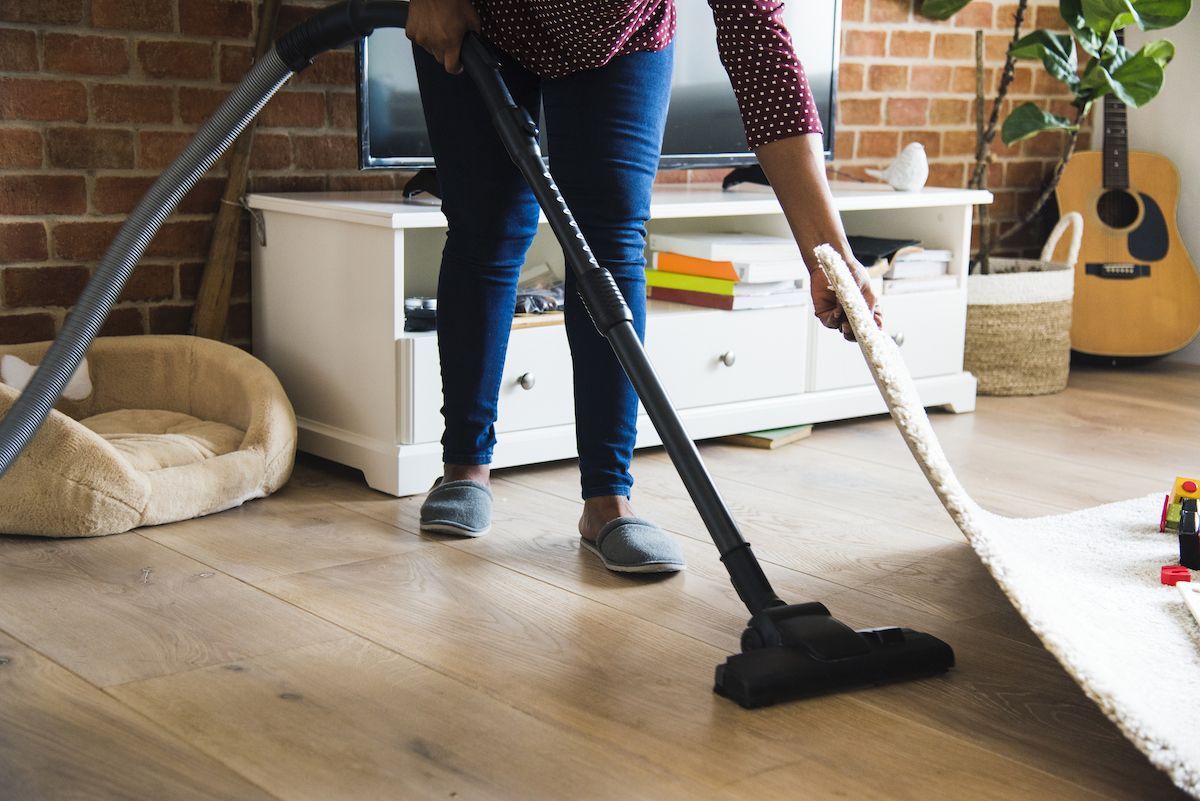
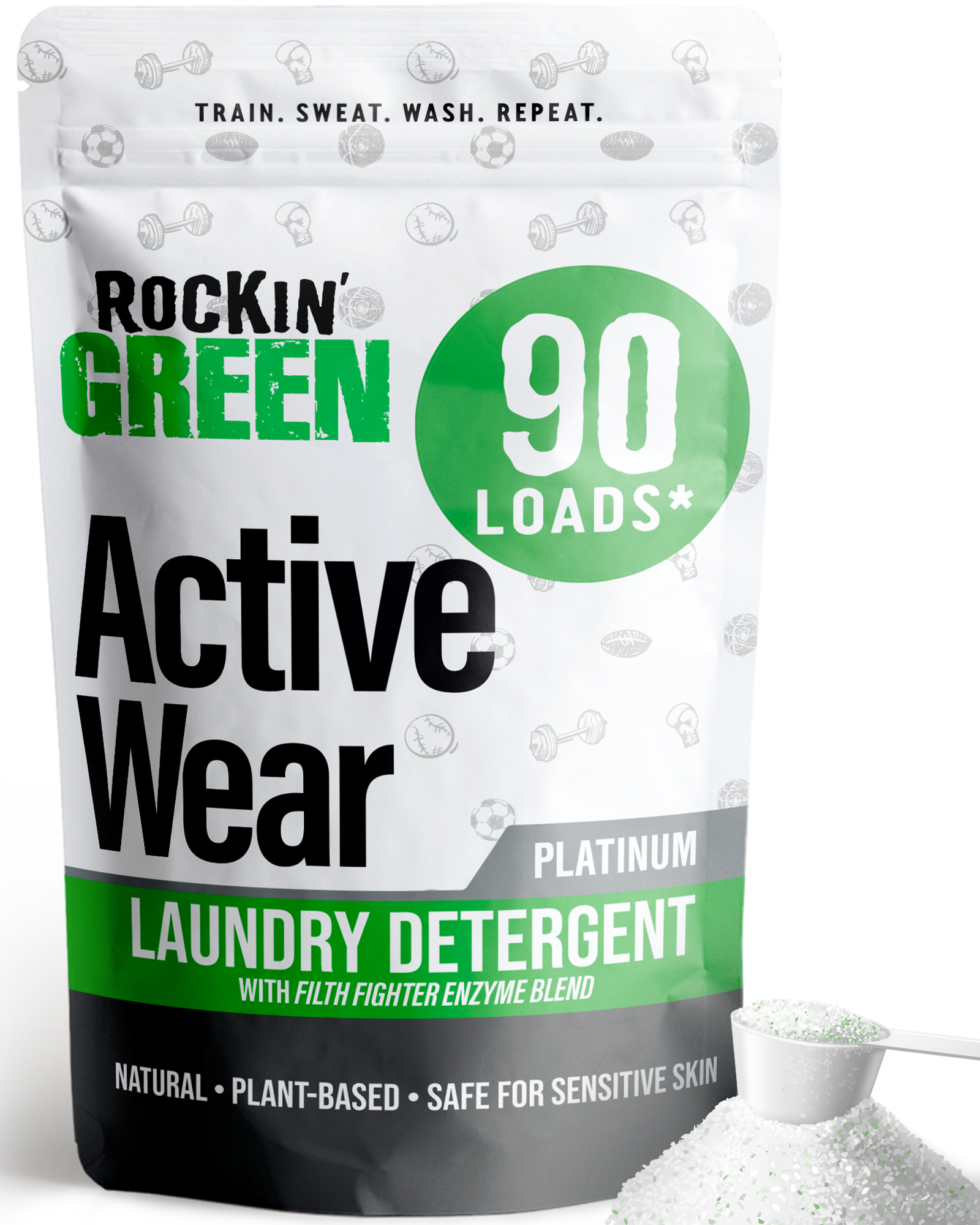
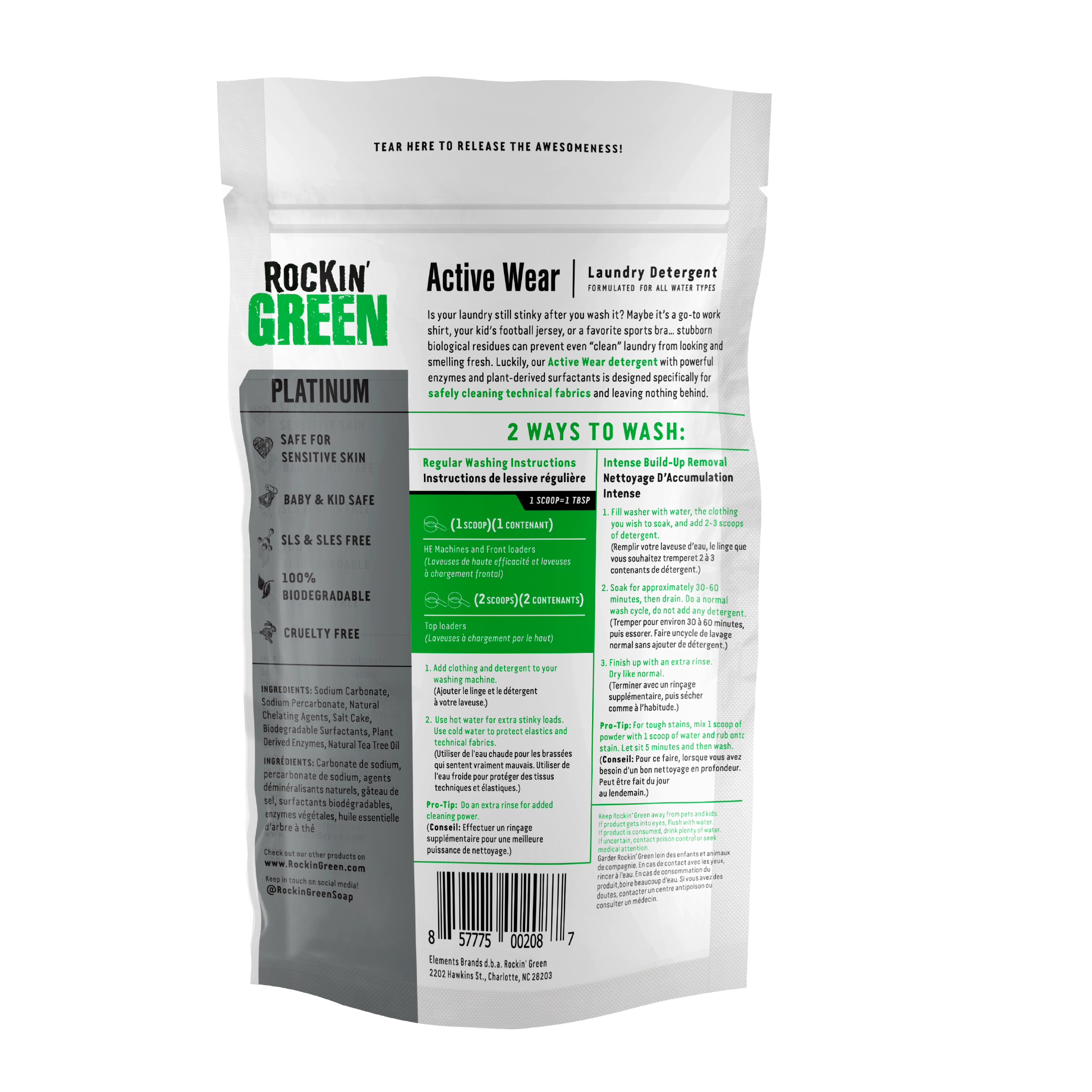

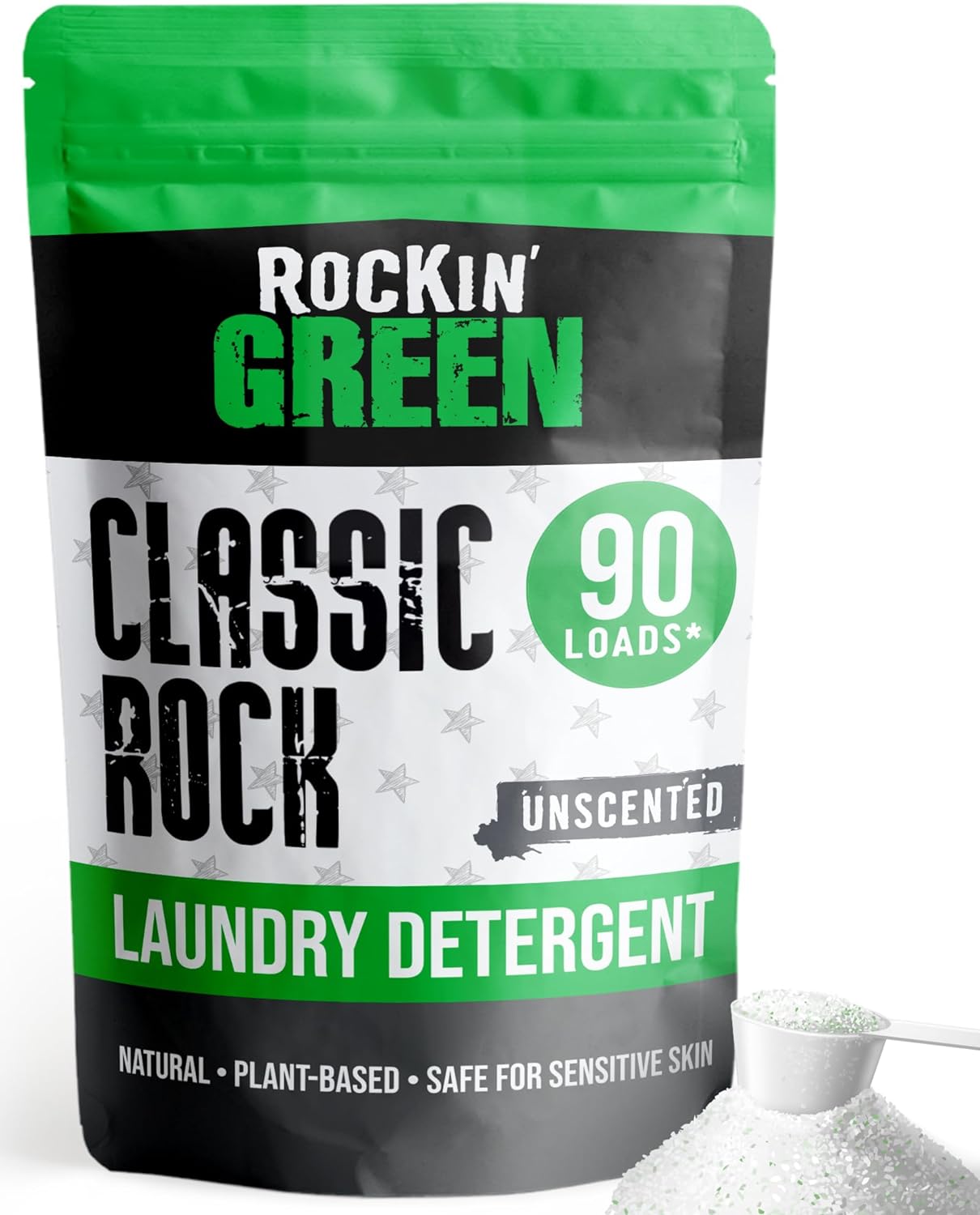
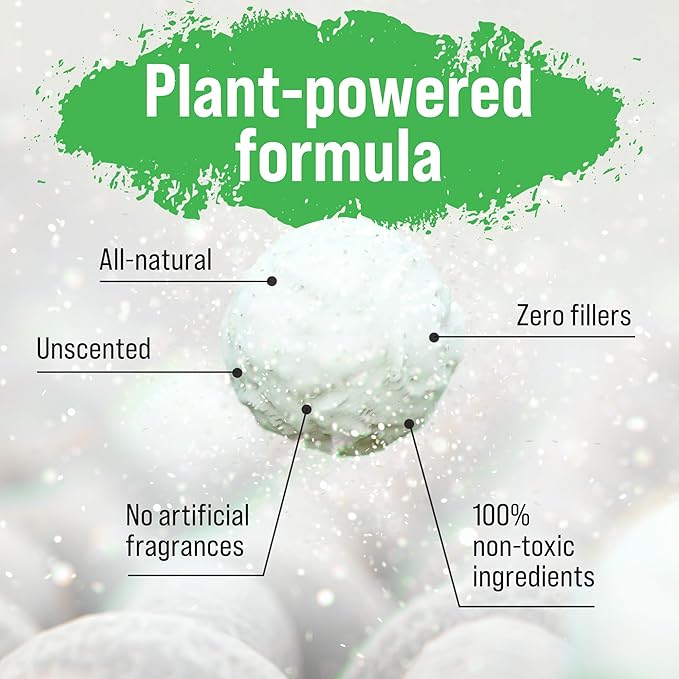
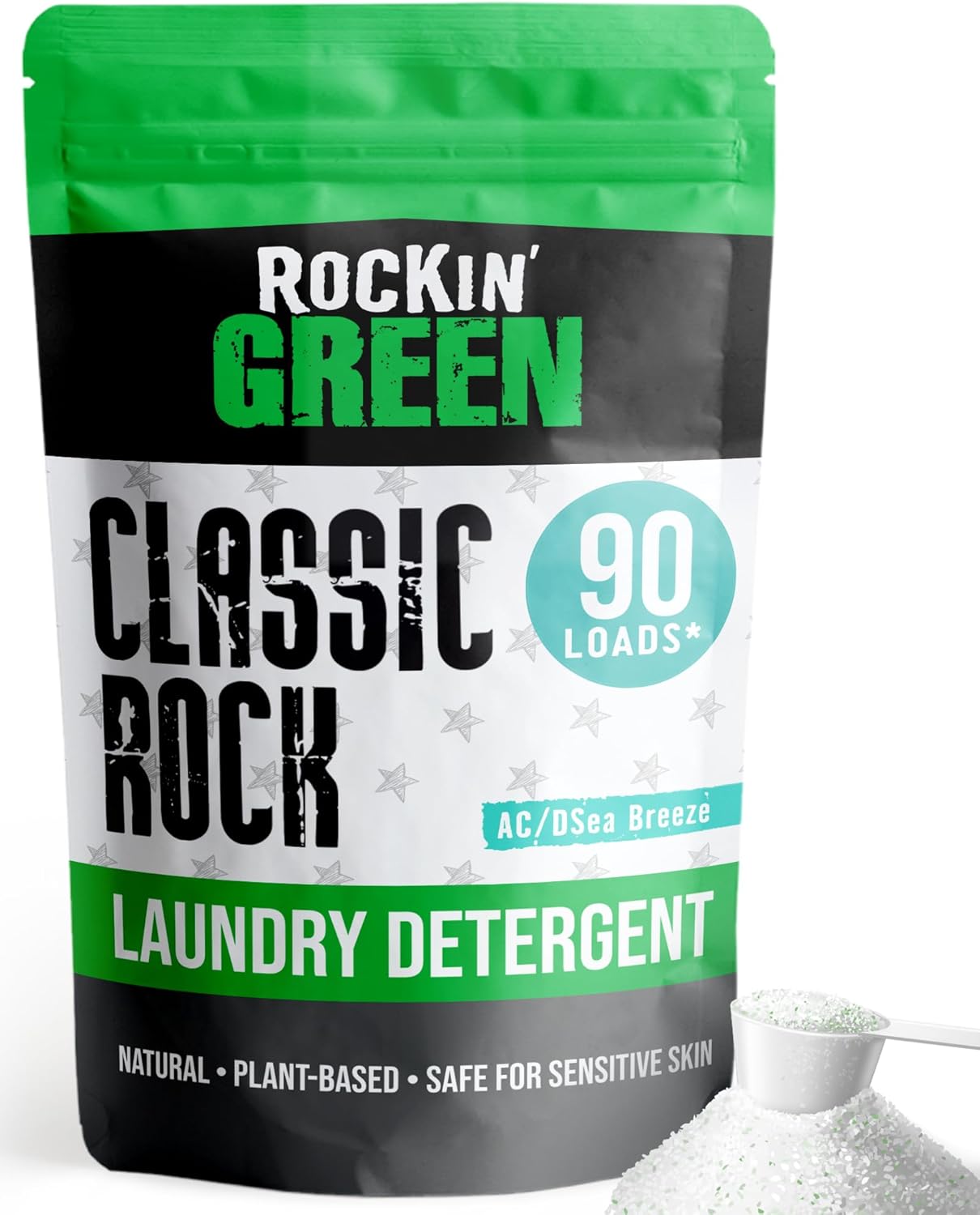
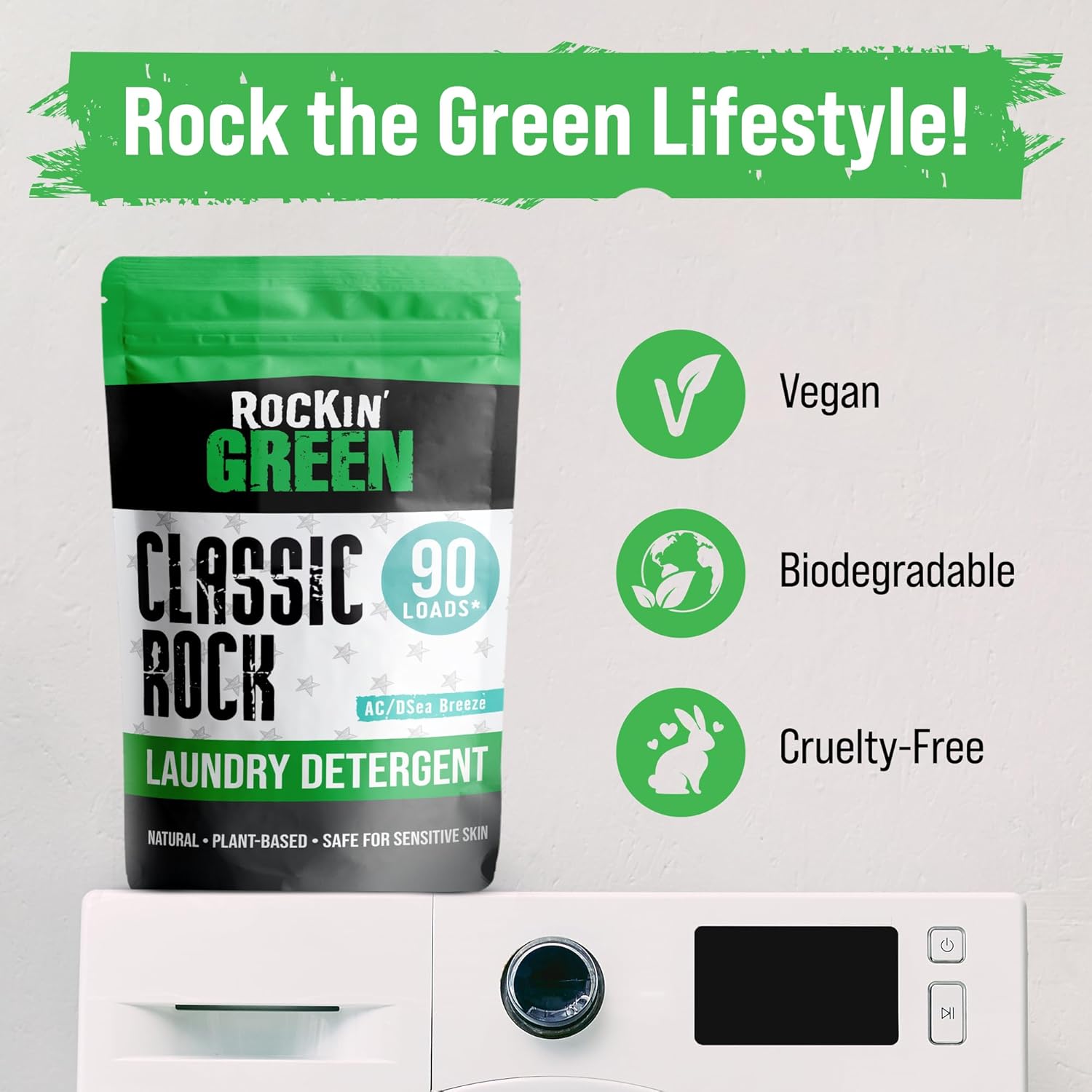
Leave a comment
This site is protected by hCaptcha and the hCaptcha Privacy Policy and Terms of Service apply.